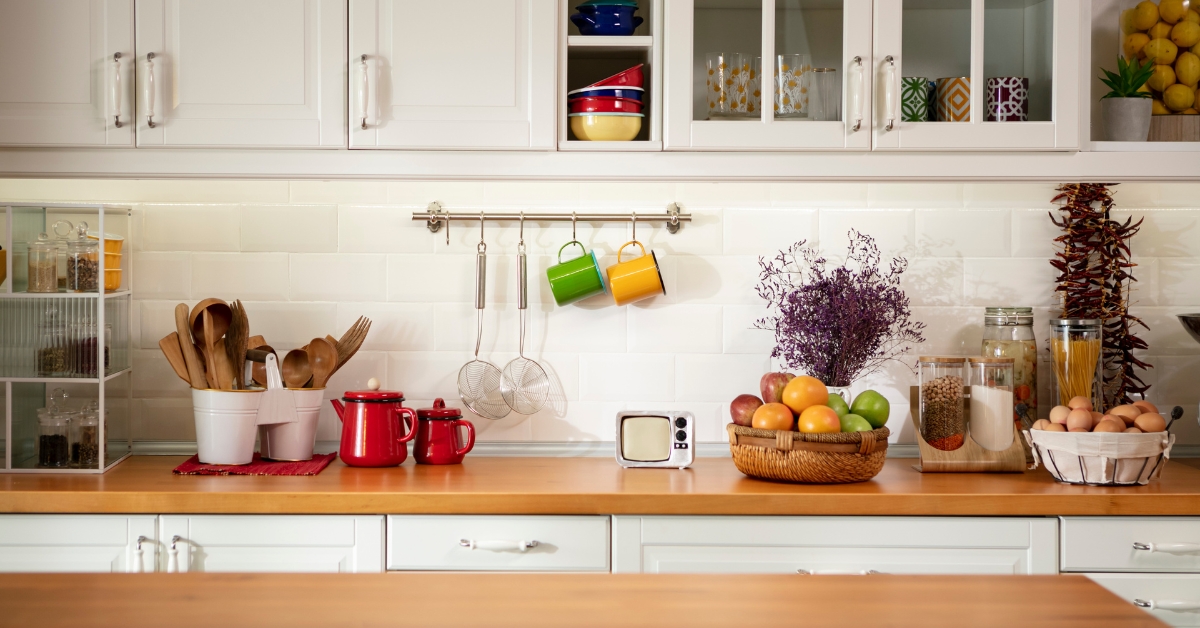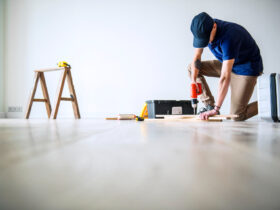In a world that’s always rushing, there’s something deeply comforting about stepping into a kitchen where time seems to move just a little slower. Where the clang of cheap utensils is replaced with the soft chop of a sharp chef’s knife on wood, and where the scent of onions sizzling in olive oil has you lingering a moment longer than necessary. This is the spirit of a slow-living kitchen, a space that invites you to savor not just the food you make, but the experience of making it.
A slow-living kitchen isn’t just about style. It’s about intention. It’s about choosing tools and routines that feel good in your hands and fit seamlessly into your life. The beauty of this mindset is that anyone can embrace it, whether your kitchen is a sprawling chef’s dream or a small apartment galley. The secret is in how you build it with patience, care, and joy.
Timeless Cookware That Lasts and Looks Good Doing It
At the heart of a slow-living kitchen is the belief that quality matters. Instead of stuffing your cabinets with trendy gadgets that break after a year, consider investing in cookware that improves with age, pieces that feel good to cook with, and even better to look at. Think enameled cast iron that holds heat like a champ, solid wooden spoons that darken with every dish you stir, or carbon steel pans that develop a rich patina over time. These are tools that carry stories and memories. They ask you to take care of them, and in doing so, they reward you with better flavor, better texture, and a better connection to your food.
Take carbon steel, for example. These pans are a favorite among chefs for their responsiveness and durability. They’re also beautifully simple — no coatings, no gimmicks, just honest steel that adapts to your cooking style. But they do require a bit of love. If you’ve ever wondered, “How do I season a De Buyer carbon steel pan?” the answer is rooted in the same philosophy that guides the slow-living kitchen. You season it the same way you build any lasting relationship: with care, consistency, and a willingness to learn. The process of seasoning, which builds up a natural, non-stick layer through use and oiling, is meditative and rewarding. It’s a ritual that makes the pan uniquely yours.
Tools That Do Double Duty as Decor
A slow-living kitchen isn’t about clutter, but it’s also not about hiding everything away. The items you use every day, like your cutting boards, your favorite whisk, or your beloved coffee machine, deserve to be seen. In fact, when you choose pieces that are both functional and beautiful, they naturally become part of your unique home decor style. To achieve this mix of function and form, hang your cast iron pans on a wall-mounted rack. Let your wooden spoons rest in a stoneware crock on the counter.
Also, consider displaying your favorite cookbooks where you can reach them. These objects add warmth and character to your kitchen while also making cooking more efficient. No need to dig through drawers; your tools are right where you need them, and they’re nice to look at, too. This kind of display isn’t about perfection. It’s about personality. A patinaed pan, a chipped ceramic bowl, a bundle of dried herbs tied with twine — these little touches tell your story, and they do it with charm.
Routines That Turn Cooking Into a Daily Ritual
Slow living thrives on ritual. And nowhere is that more powerful than in the kitchen. Instead of treating cooking like a chore, try turning it into something you look forward to, like a pause in your day where you get to reset, refocus, and nourish yourself and those you love. To achieve this, start with music. Create a playlist that fits the mood — soft jazz for chopping ingredients, upbeat folk for baking bread, or classical for slow Sunday breakfasts. Light a candle if the sun’s already down. Pour a glass of wine or brew a cup of tea. Let cooking be your time to unwind.
Also, when it comes to meal prep, think of it less as rushing toward the finish line and more as moving through a rhythm. Washing, peeling, sautéing — each step is a chance to be present. To notice how the garlic smells when it hits the oil, or how the dough changes as you knead it. These small shifts in how you approach cooking can make a big difference in how it feels. Suddenly, dinner isn’t a race. Instead, it’s a pleasure.
Embrace Imperfection, and Let Your Kitchen Evolve
A slow-living kitchen doesn’t have to be perfectly curated from the start. In fact, we’d argue that it shouldn’t be. Instead, let your kitchen evolve with you. Collect items over time. Swap out what doesn’t work. Upgrade when it makes sense. Choose things that feel right in your hands and right in your life. Also, give yourself permission to make mistakes. Burn the toast. Over-salt the soup. That’s part of the process. The joy of cooking isn’t about perfection. It’s about showing up again tomorrow with a little more knowledge, a little more confidence, and the same love for the act itself.
A Kitchen That Slows You Down in the Best Way
In the end, a stylish, slow-living kitchen is one that draws you in and slows you down, not out of laziness, but out of reverence. Reverence for the ingredients you work with, for the tools you use, and for the people you feed. It’s a space that doesn’t just reflect your taste, but your values. A place where cooking is less about speed and more about soul.
To create your own slow-living kitchen, start by choosing your tools with care. Let them age and tell their stories. Learn the little rituals and take pride in mastering them. And most of all, let your kitchen be a place where you want to be, not just where you need to be. Because in a world that never seems to slow down, your kitchen can be a refuge that is warm, grounded, and quietly joyful.







Leave a Reply